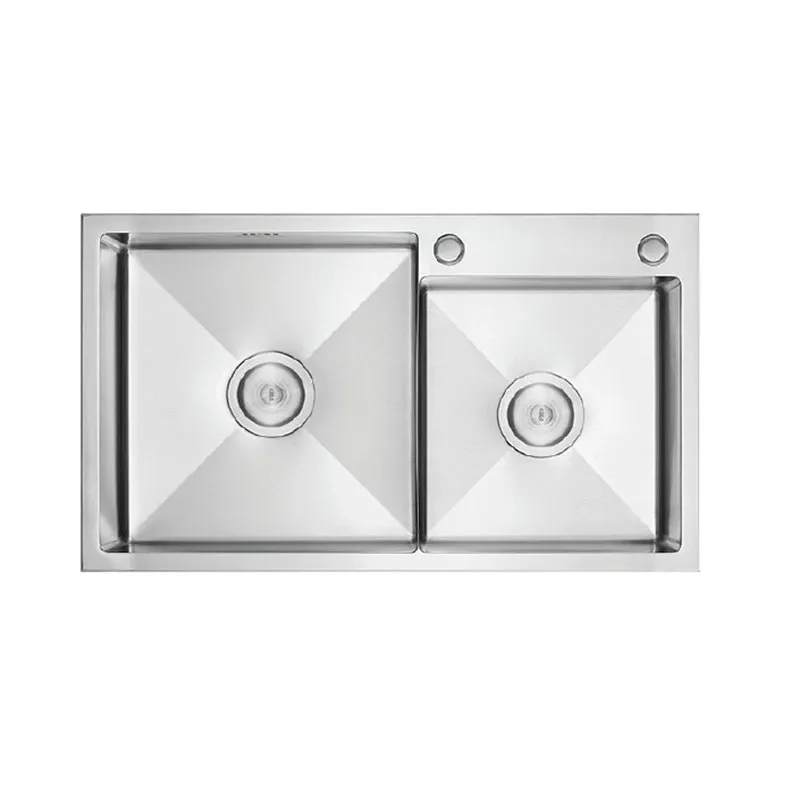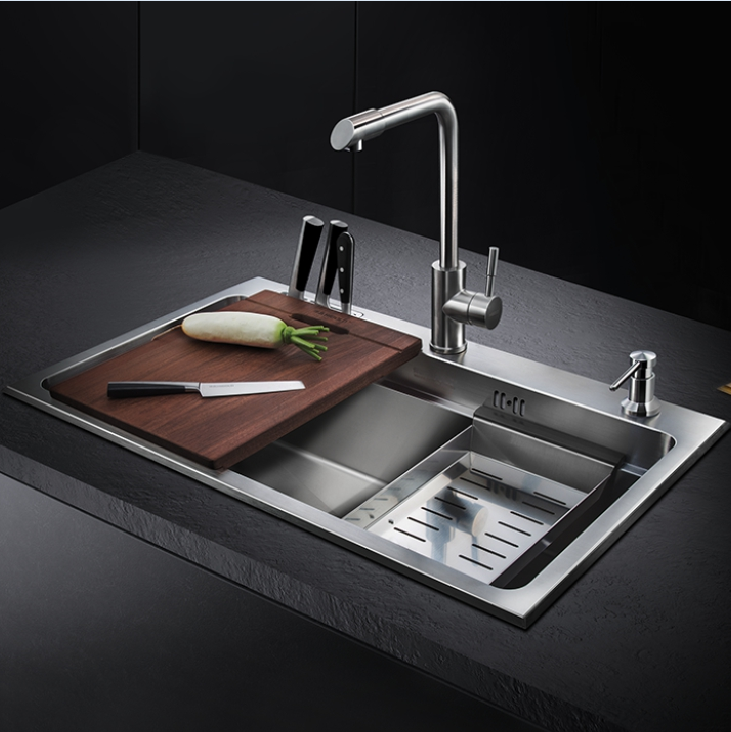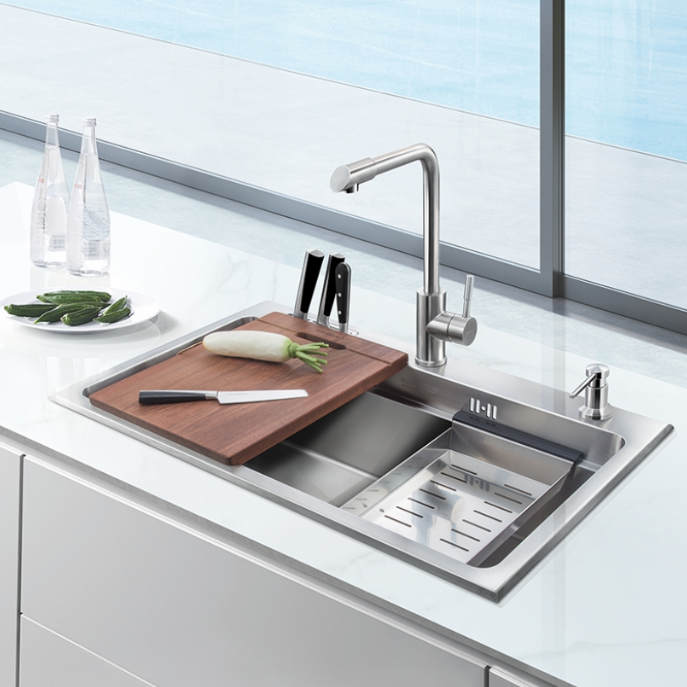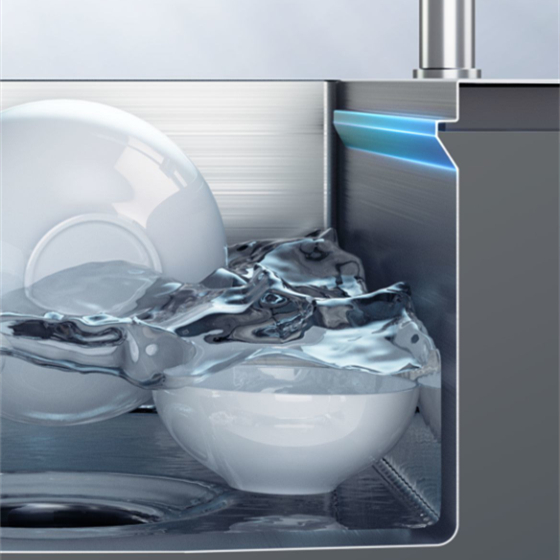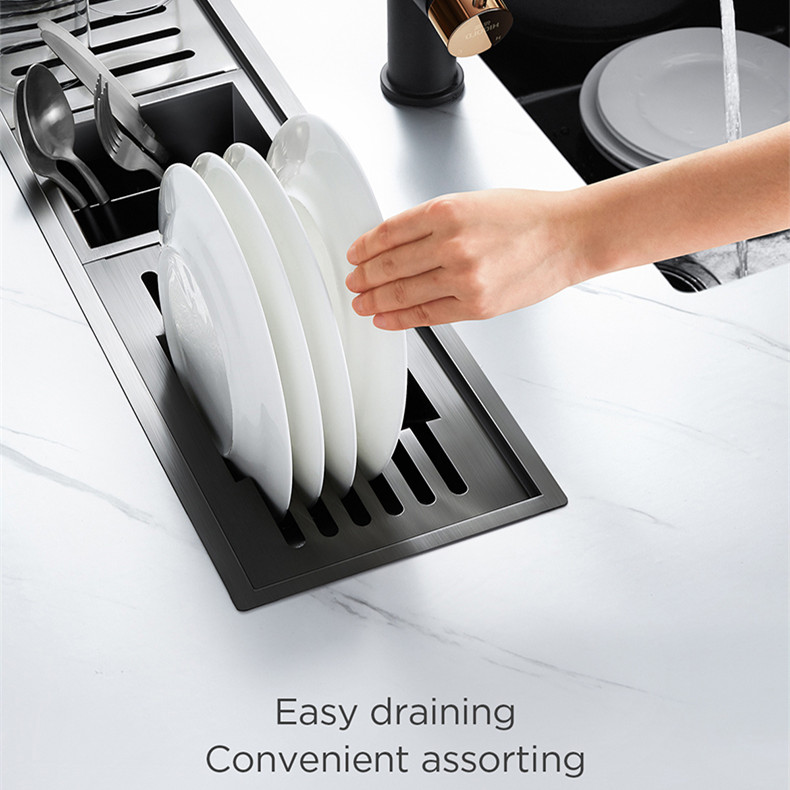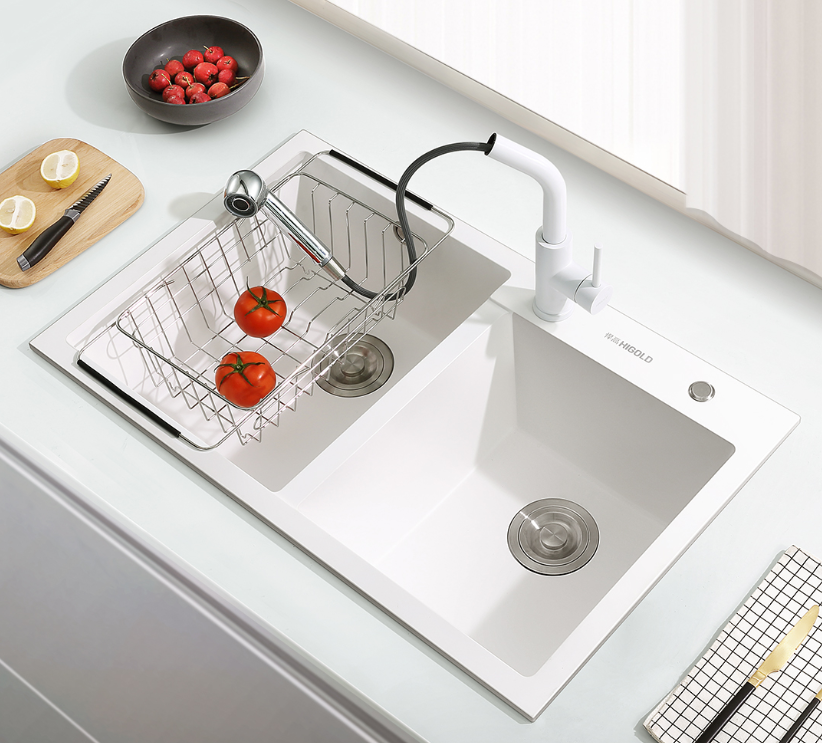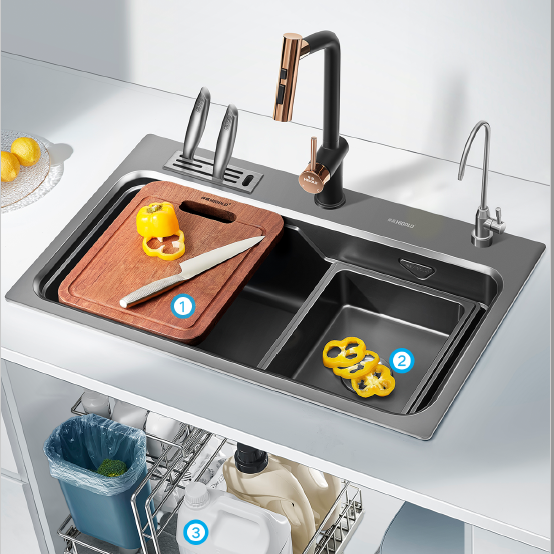The stainless steel kitchen sink is an important drainage channel for the family kitchen. Oil, food residues and other debris can easily enter the drainage pipe with the water flow. If it is not cleaned in time or there are structural problems, bacteria may breed and form odors.
2025-05-13
Learn More


